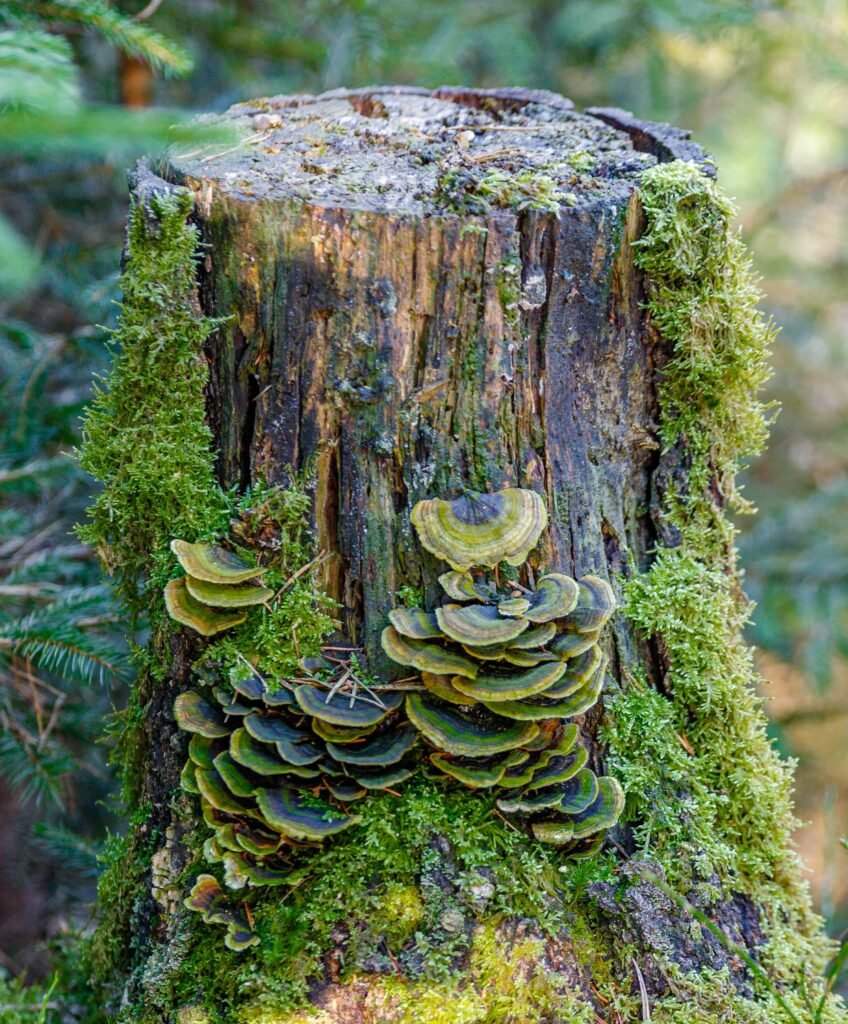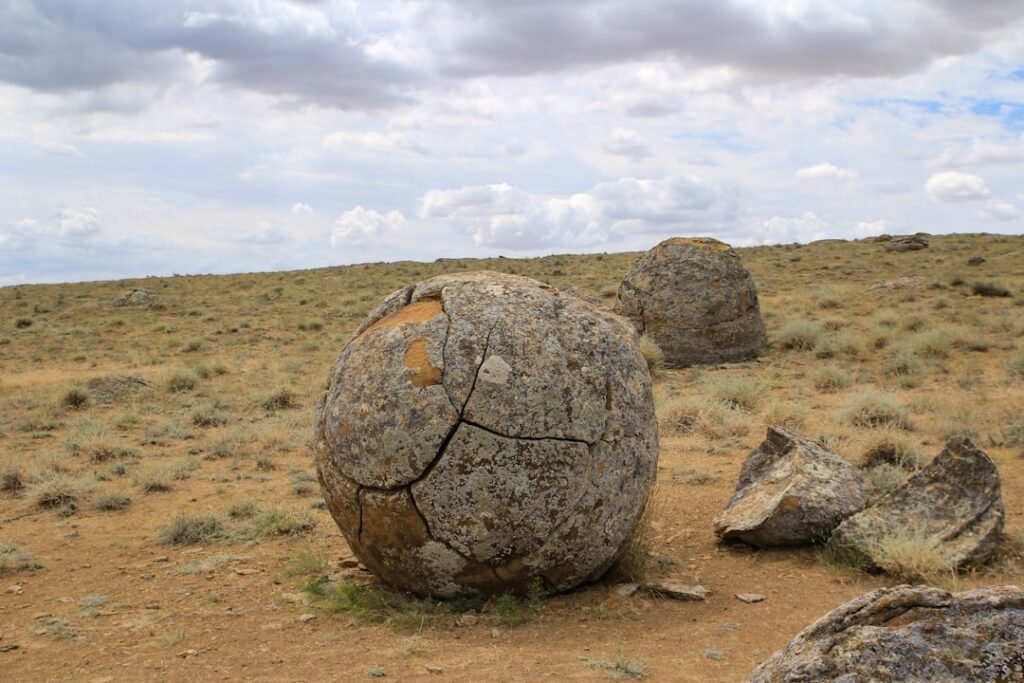Picture this: beneath your feet, in the soft hush of a forest, a hidden web is buzzing with activity. No wires, no screens, yet it pulses with life, connecting trees for miles. Scientists now call this the “Wood Wide Web”—a living internet spun by fungus, where trees share resources, whisper warnings, and even play favorites. It’s nothing short of mind-blowing to realize that fungi, those humble toadstools and molds we often ignore, are the architects behind this vast, secret network. If you’ve ever wondered how forests seem to thrive as a single, breathing organism, the answer lies in the miraculous, mysterious world of fungal networks.
The Magic Beneath: What Are Mycorrhizal Networks?
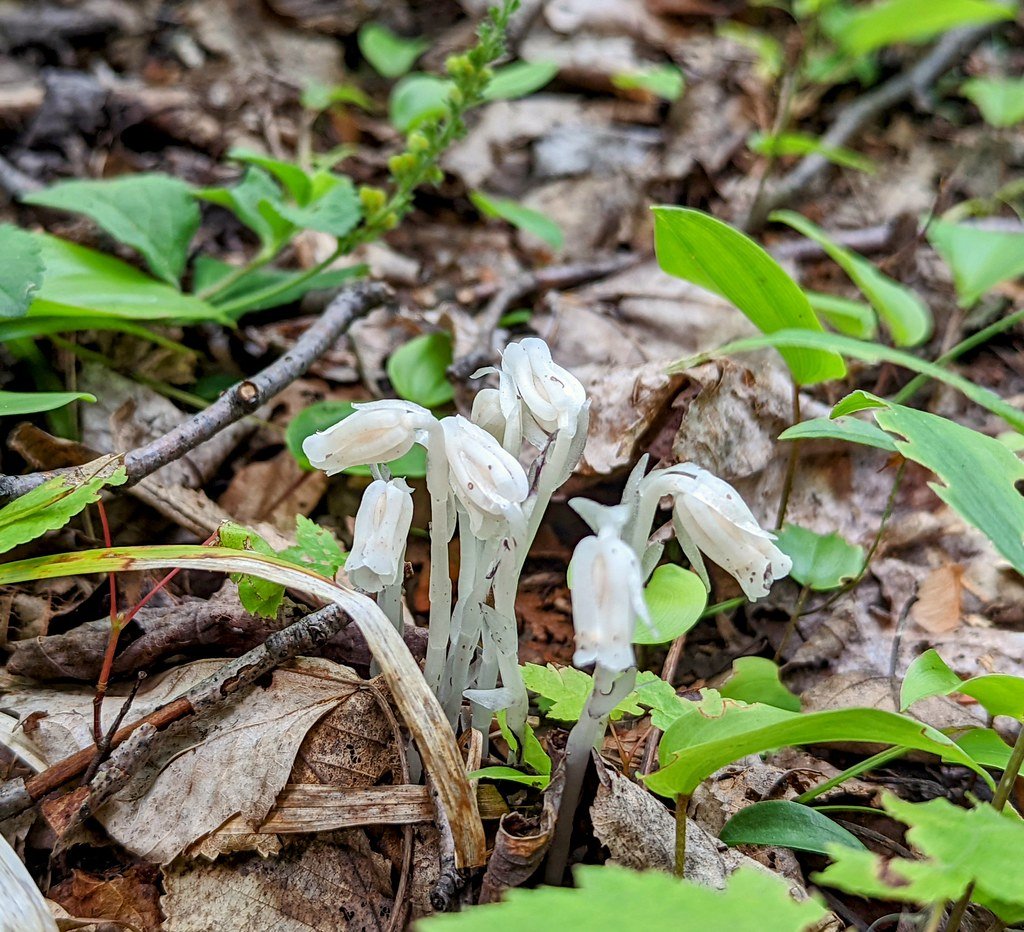
Mycorrhizal networks are intricate webs formed by the partnership between fungi and plant roots. The term “mycorrhiza” literally means “fungus-root,” and it’s a fitting name for this remarkable symbiosis. Fungal filaments called hyphae wrap around or even penetrate plant roots, creating a living bridge between different trees and plants. Through these threads, nutrients and water can travel, and the network can stretch for miles underground. In a way, the forest floor is like a giant, tangled data cable, unseen but essential. What’s extraordinary is that these fungal connections link not just one or two trees, but entire communities, weaving a tapestry that holds the ecosystem together.
Hidden Highways: How Nutrients Travel Underground
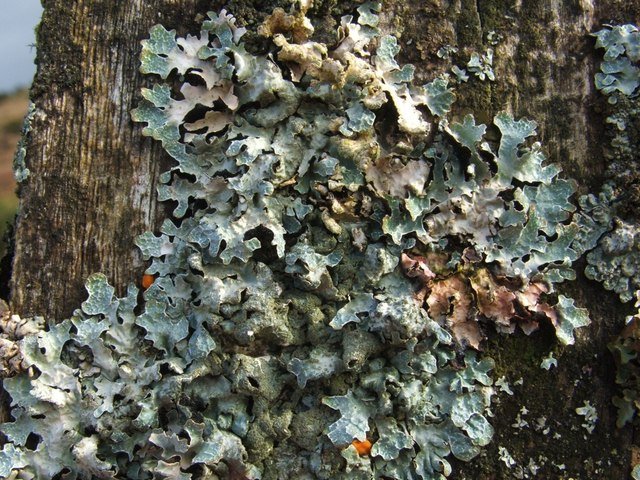
Beneath the surface, fungal hyphae act like tiny, living highways, channeling nutrients from one plant to another. This isn’t a simple, one-way street. Fungi are masters at transporting minerals like phosphorus and nitrogen, which plants need to grow. In exchange, plants send sugars they make during photosynthesis back to the fungi. This two-way traffic keeps both partners healthy and strong. It’s almost as if the forest is running on a barter system, with the fungus as the clever broker. By distributing resources where they’re most needed, mycorrhizal networks help prevent starvation and keep the ecosystem humming.
Tree Talk: Communication Along the Wood Wide Web
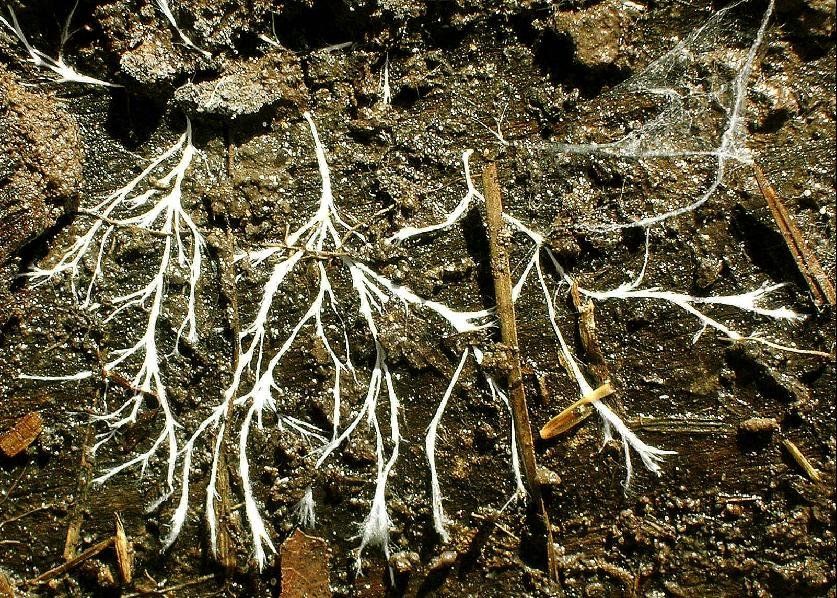
The more scientists study fungal networks, the more they realize these are not just pipelines for food—they’re also channels for communication. When a tree is attacked by pests or disease, it can send warning signals through the network, alerting its neighbors to ramp up their defenses. Think of it like a group chat for trees, where the latest forest gossip spreads at lightning speed. Chemical cues transmitted by the fungus can trigger protective responses, helping the entire community withstand threats. It’s a level of cooperation that’s both surprising and inspiring, revealing a social side to forests we never imagined.
Mutual Benefits: Fungi and Plants as Partners
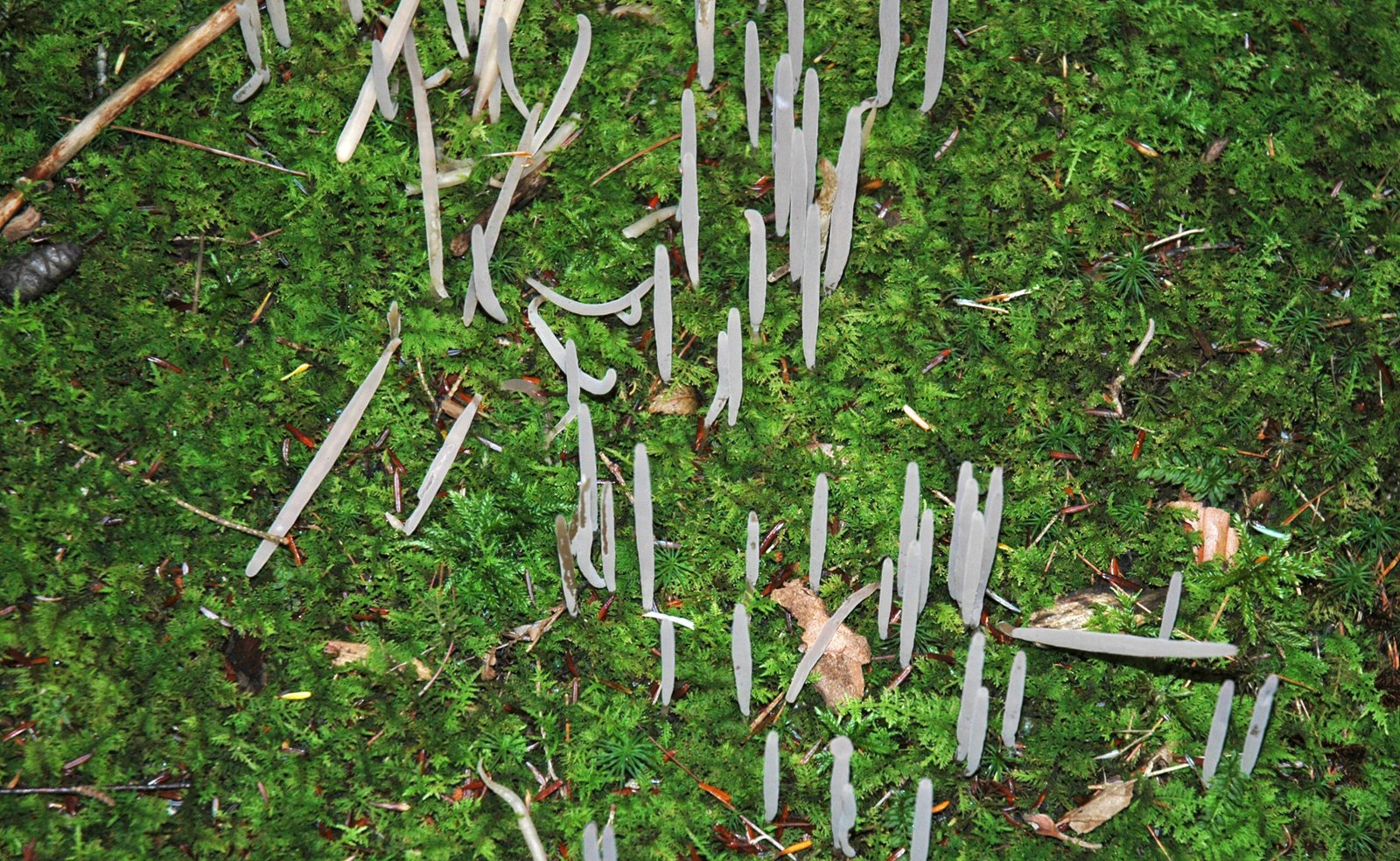
At the heart of mycorrhizal networks is a win-win relationship. Fungi are experts at mining the soil for hard-to-find minerals, while plants are factories for energy-rich sugars. This partnership, known as mutualism, is one of nature’s oldest and most successful alliances. Each partner gives what the other lacks, creating a balance that supports growth and survival. What’s truly stunning is the sheer scale of this cooperation—up to 90% of all land plants form mycorrhizal relationships. Without fungi, forests would be shadowy, stunted places, struggling to survive.
Resource Sharing: How Trees Help Each Other Out
One of the most jaw-dropping discoveries in recent years is the way trees use fungal networks to share resources. When a young sapling is struggling in the shade, nearby adult trees can “lend” it extra nutrients through the mycorrhizal web. Scientists have observed this generosity in action, watching as carbon and nitrogen flow from older trees to their smaller neighbors. It’s as if the forest has its own welfare system, supporting the weak until they can stand on their own. This sharing isn’t random—closely related trees, or even “mother trees,” are especially likely to help their kin, hinting at a level of family loyalty beneath the bark.
Selective Networking: Do Trees Have Favorites?

Not all trees are treated equally in the fungal network. Some studies suggest that trees can be choosy, prioritizing resources for their own offspring or close relatives. This favoritism is made possible by the fungus, which can distinguish between different hosts and direct nutrient flow accordingly. It’s a bit like having a VIP section in the forest, where certain trees get extra attention. While this might sound unfair, it actually helps maintain the health and stability of the ecosystem, ensuring that the next generation of trees gets a strong start.
Fungal Efficiency: Transporting More Than Just Food

Fungi don’t just move nutrients—they’re also experts at water transport. In drought conditions, fungal networks can shift water from wetter to drier areas, helping plants survive tough times. This ability to balance resources is crucial in a world where climate extremes are becoming more common. Some fungi even help plants resist toxins or heavy metals, acting as natural detoxifiers. It’s a superpower that gives forests a fighting chance against pollution and environmental stress.
Forest Diversity: How Fungi Shape Ecosystems

The presence of diverse fungal species in a forest often leads to greater plant diversity. Different fungi specialize in helping different types of plants, so a rich fungal community can support a wider range of trees and shrubs. This creates a patchwork of habitats, each with its own unique blend of life. Without these fungal networks, forests would likely become monocultures, dominated by just a few species. The intricate web spun by fungus is what gives forests their resilience and beauty.
Threats to the Web: Human Impact on Fungal Networks
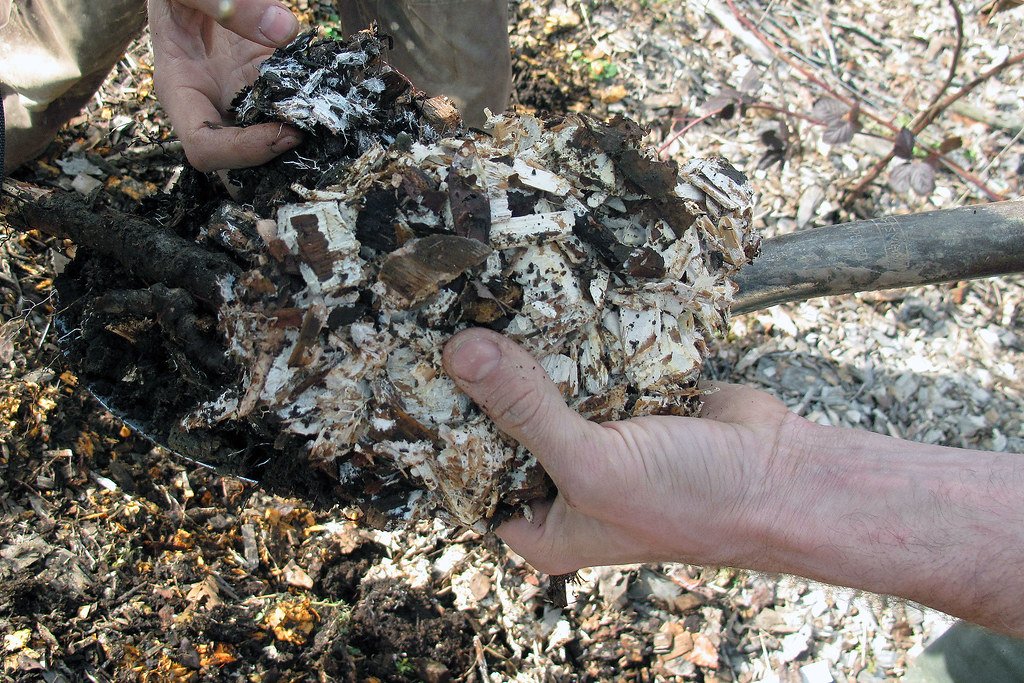
Unfortunately, human activities are putting these underground networks at risk. Deforestation, soil compaction, and pollution can all damage or destroy mycorrhizal networks. When the web is broken, forests lose their ability to share resources and defend themselves. This makes them more vulnerable to disease, drought, and other stresses. Protecting fungal networks is just as important as saving the trees themselves—after all, the two are inextricably linked.
Fungi in the City: Urban Forests and Hidden Networks
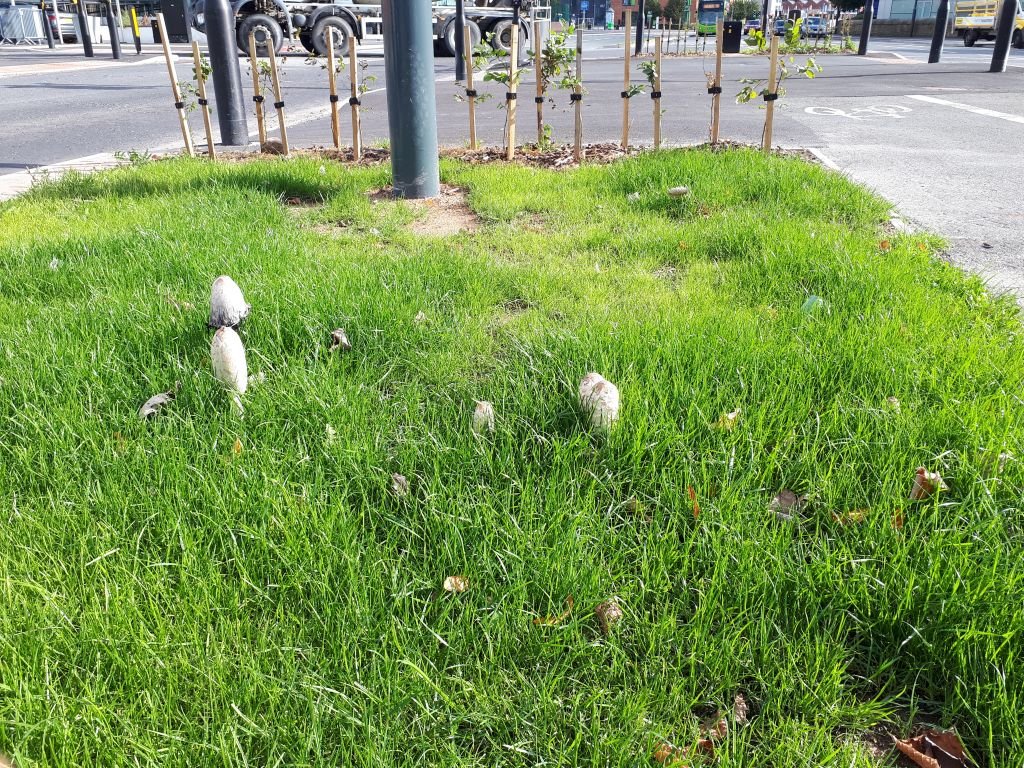
It’s not just wild forests that benefit from fungal networks. Urban parks and green spaces also rely on these hidden webs to stay healthy. City trees often face harsh conditions—limited soil, pollution, and crowding—but with the help of mycorrhizal fungi, they can thrive even in tough environments. Some cities are now experimenting with adding beneficial fungi to their planting programs, hoping to create healthier, more resilient urban forests.
Fungi and Climate Change: Guardians of the Carbon Cycle

Fungal networks play a vital role in the global carbon cycle. By helping plants grow bigger and healthier, they enable forests to absorb more carbon dioxide from the air. Some fungi even help lock carbon in the soil, keeping it out of the atmosphere for centuries. As the world grapples with climate change, understanding and protecting mycorrhizal networks could be a key part of the solution. It’s another reminder that the smallest organisms can have the biggest impact.
Scientific Discoveries: Unraveling the Mysteries
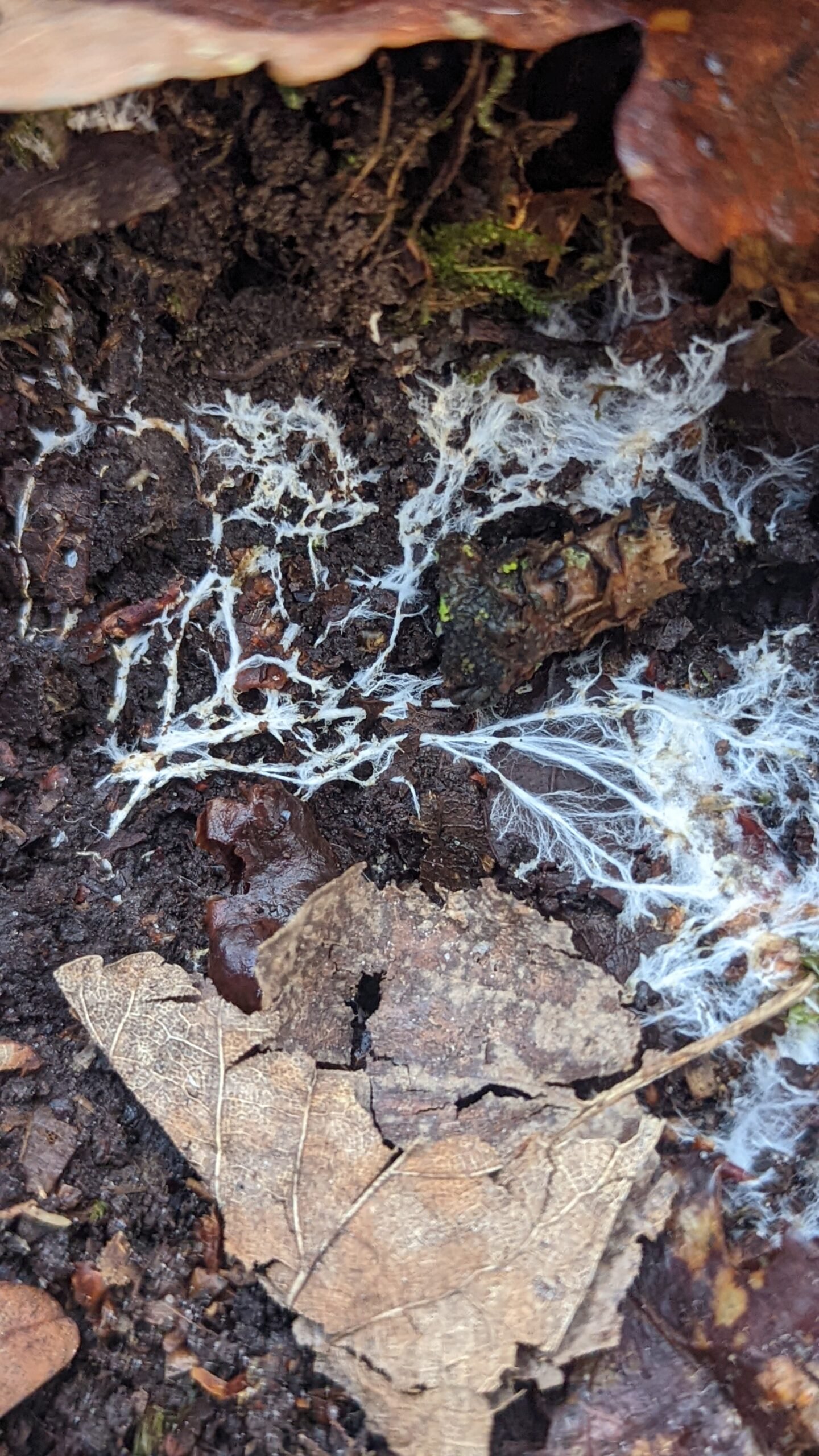
In recent years, advances in DNA sequencing and imaging technology have allowed scientists to map fungal networks in unprecedented detail. What they’ve found is nothing short of astonishing—a single forest can contain hundreds of miles of fungal threads, all working together in a complex dance. Researchers continue to uncover new secrets, from how fungi recognize different plant partners to how signals are transmitted across the network. Every discovery reveals another layer of complexity in this underground web.
Fungi and Forest Health: Nature’s First Responders
When disaster strikes—a wildfire, pest outbreak, or disease—fungal networks often play a crucial role in recovery. By quickly redistributing nutrients and water, they help surviving plants bounce back faster. Some fungi can even help trees resist infections or heal from wounds. It’s as if the forest has its own built-in emergency response team, always ready to spring into action. This resilience is one reason why old-growth forests, with their rich fungal networks, are so important for biodiversity.
Ancient Origins: The Evolution of Symbiosis
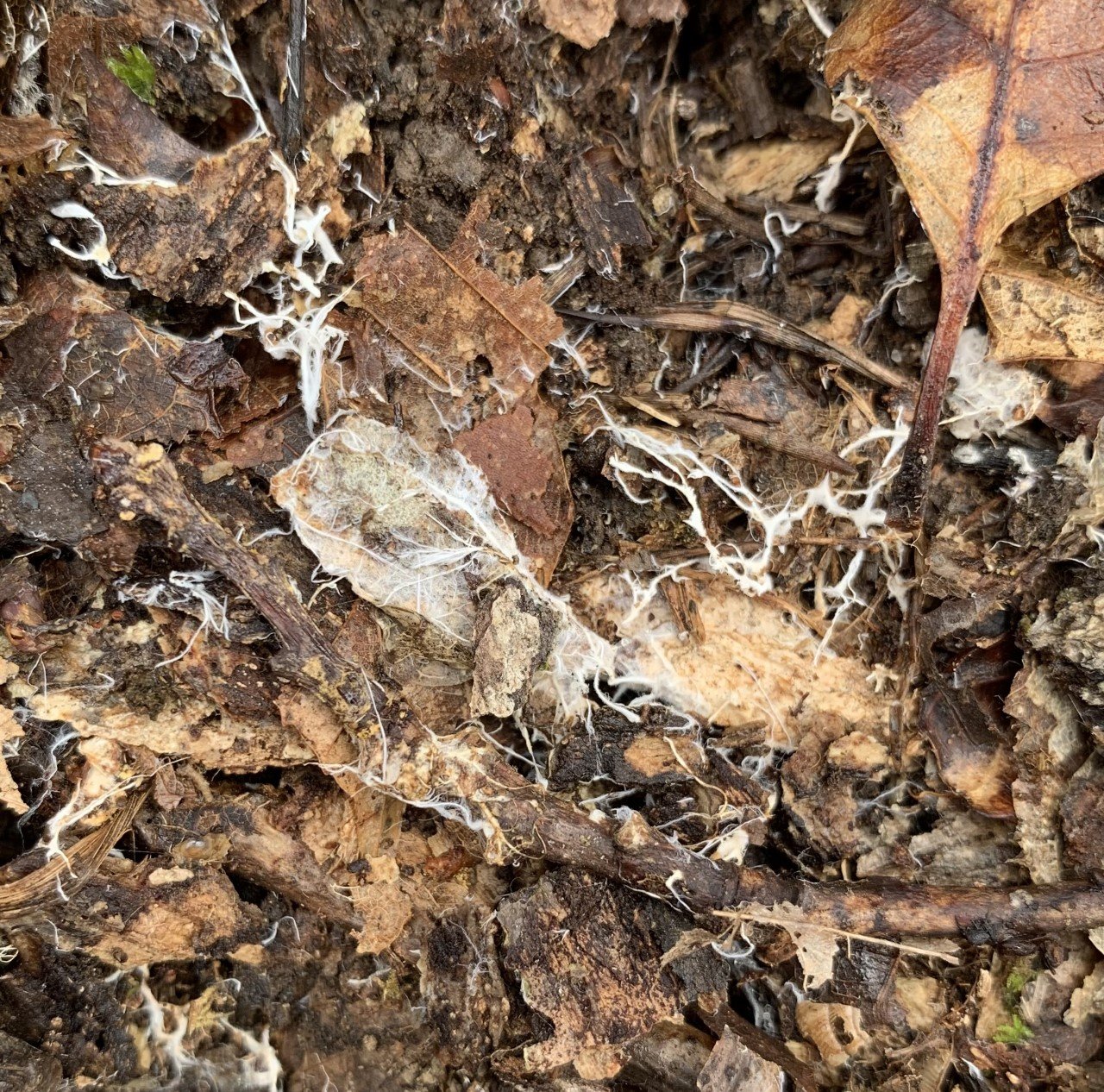
The partnership between fungi and plants goes back over 400 million years, to the dawn of life on land. Fossils show early plants with fungal filaments in their roots, suggesting this relationship was key to their survival. Over time, both partners evolved together, fine-tuning their cooperation for maximum benefit. Today’s forests are living testaments to this ancient alliance—a reminder that sometimes, the most successful strategies are the ones forged in deep time.
Fungi and Agriculture: Lessons for the Future
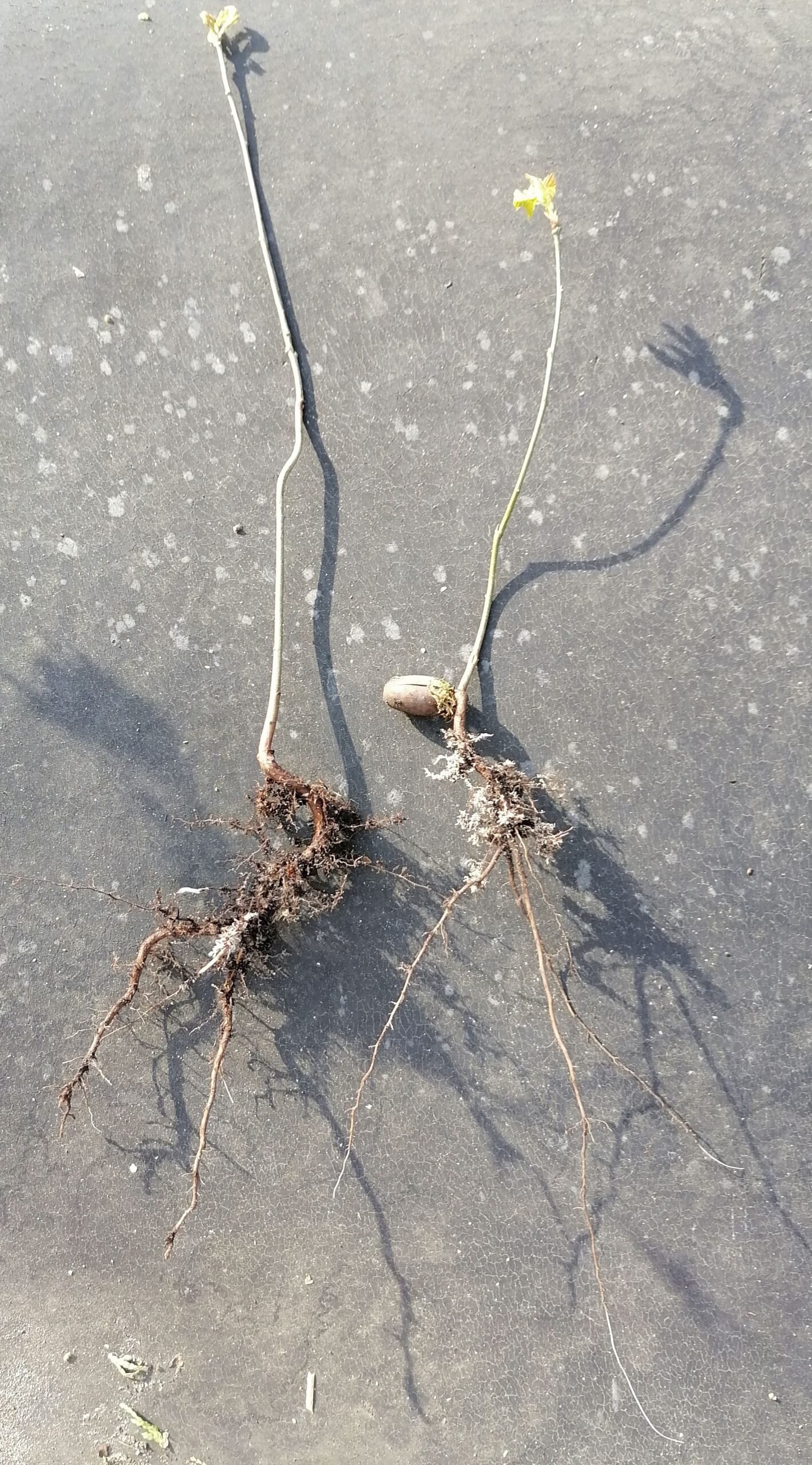
Farmers are now taking notes from the forest, looking for ways to harness the power of fungal networks in agriculture. By encouraging mycorrhizal fungi, crops can become more resistant to drought, pests, and disease. Some innovative growers are even using fungal inoculants to boost soil health and reduce the need for chemical fertilizers. It’s a promising approach that could make farming more sustainable and environmentally friendly.
The Social Side of Fungi: Cooperation and Conflict

While fungal networks promote cooperation, they’re not immune to conflict. Some fungi can act as “cheaters,” taking resources without giving much in return. Likewise, some plants can manipulate the network for their own benefit. This tug-of-war adds another layer of complexity to forest life, showing that even the most harmonious systems have their dark side. Yet, overall, the balance of give-and-take keeps the system stable and thriving.
Fungal Networks and Wildlife: Feeding the Forest’s Inhabitants

It’s not just plants that benefit from fungal networks—animals do, too. Many forest creatures, from tiny insects to large mammals, rely on the health of the ecosystem. Fungi themselves are an important food source for some animals, while the trees they support provide shelter and sustenance for countless others. The ripple effects of a healthy fungal network can be felt throughout the entire food web, making it a cornerstone of forest life.
Seeing the Invisible: Bringing Fungal Networks to Light
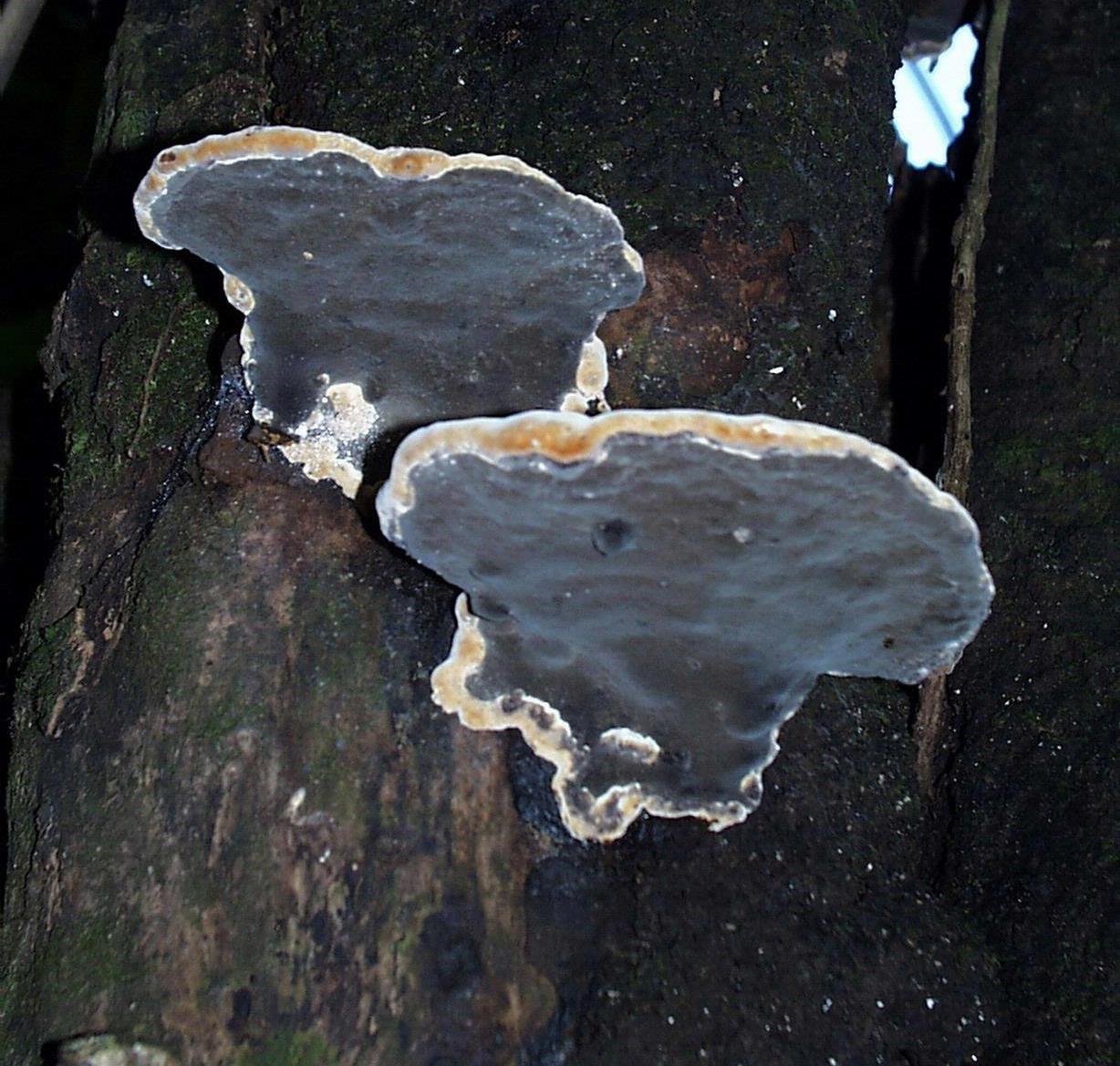
Because fungal networks are hidden underground, they’re easy to overlook. But new technologies, like 3D imaging and fluorescent dyes, are helping scientists and nature lovers visualize these secret webs. Educational programs and documentaries are now shining a spotlight on the “Wood Wide Web,” inspiring awe and curiosity in people of all ages. Once you know what’s happening beneath your feet, a walk in the woods is never the same.
Protecting the Invisible Web: What Can We Do?
The health of our forests depends on the unseen world of fungal networks. Simple actions—like avoiding soil compaction, reducing chemical use, and supporting conservation efforts—can make a big difference. By valuing the invisible as much as the visible, we become true stewards of the natural world. Every footstep, every tree planted, has the potential to support or disrupt this delicate web.
The next time you wander through a forest, pause for a moment. Imagine the silent symphony playing out below, a network of life more complex and connected than anything humans have built. Could it be that the real internet was here all along, woven by the patient hands of fungi, holding the world together one thread at a time?

